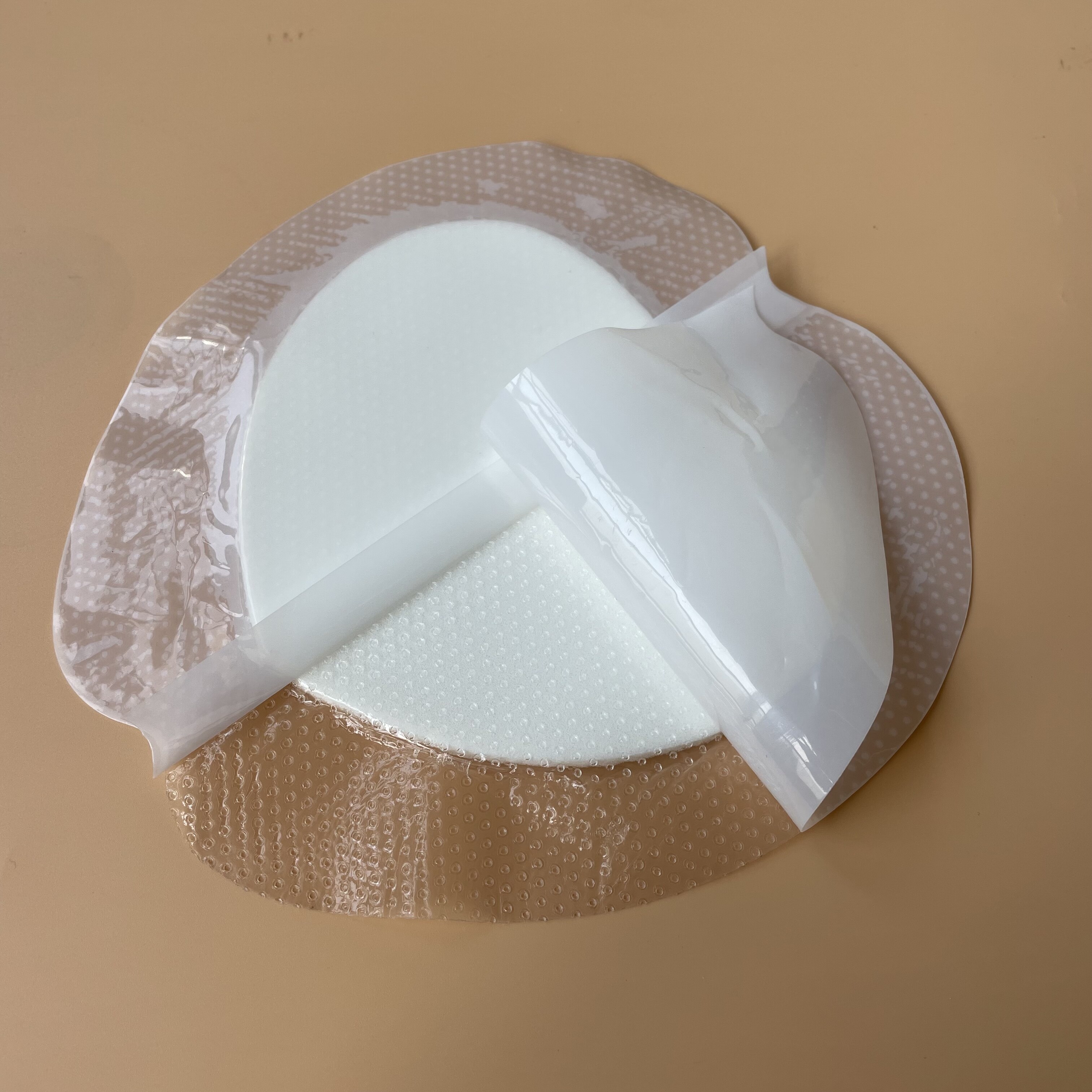Email cannot be empty
Password cannot be empty
Email format error
Email cannot be empty
Email already exists
6-20 characters(letters plus numbers only)
The password is inconsistent
Email format error
Email cannot be empty
Email does not exist
6-20 characters(letters plus numbers only)
The password is inconsistent


Antimicrobial Foam Dressing: Revolutionizing Wound Care for Optimal Healing
In the realm of wound care, selecting the appropriate dressing can significantly impact the healing process and overall patient outcomes. One of the most advanced options available today is the antimicrobial foam dressing. This blog will delve into the various aspects of antimicrobial foam dressing, including its benefits, applications, and proper usage. Whether you're a healthcare provider or managing wound care at home, understanding this innovative product will help you make informed decisions for effective wound management.
What is Antimicrobial Foam Dressing?
Antimicrobial foam dressing is a specialized wound care product designed to manage and promote the healing of chronic and acute wounds. It combines the benefits of foam dressings with antimicrobial agents to provide an enhanced healing environment. These dressings are particularly effective in preventing infection and managing exudate, making them a crucial tool in modern wound care.
Composition and Features
1. Foam Base: The core is made from polyurethane foam. This material provides a cushioning effect, absorbs excess fluid, and maintains a moist wound environment, which is essential for optimal healing.
2. Antimicrobial Agents: Embedded within the foam are antimicrobial agents that help prevent microbial growth and reduce the risk of infection. These agents can include silver, iodine, or honey, depending on the specific formulation.
3. Adhesive Border: Many foam dressings feature an adhesive border that ensures the dressing remains securely in place while protecting the surrounding skin from irritation.
Benefits of Antimicrobial Foam Dressing
The foam dressing offers a range of benefits that make it an excellent choice for wound care:
1. Infection Control: The antimicrobial agents embedded in the foam actively combat bacteria and other microorganisms, reducing the risk of wound infections.
2. Moist Wound Environment: By maintaining a moist environment, the foam dressing promotes faster and more efficient healing compared to traditional dry dressings.
3. Exudate Management: The foam’s absorbent properties effectively manage wound exudate, preventing maceration and promoting a healthier wound bed.
4. Comfort and Protection: The foam padding provides cushioning, reducing pressure on the wound site and increasing patient comfort. The adhesive border also helps protect the wound from external contaminants.
5. Reduced Dressing Change Frequency: Due to its high absorbency and infection control properties, the foam dressing often requires less frequent changes compared to other dressing types.
Applications of Antimicrobial Foam Dressing
Chronic Wounds
Chronic wounds, such as diabetic ulcers, venous ulcers, and pressure sores, benefit significantly from the foam dressings due to their infection control and moisture-retentive properties. These wounds often require prolonged care and are prone to infection, making the antimicrobial action of these dressings particularly valuable.
Acute Wounds
For acute wounds, including surgical incisions and traumatic injuries, the foam dressing helps to manage exudate and prevent infection. Its cushioning effect also aids in reducing discomfort during the healing process.
Burn Wounds
In the management of burn wounds, antimicrobial foam dressings provide essential protection and promote healing. The foam’s ability to absorb exudate and maintain a moist environment supports optimal recovery and reduces the risk of complications.
How to Use Antimicrobial Foam Dressing
Proper application of antimicrobial foam dressing is crucial for effective wound care. Follow these steps to ensure optimal results:
Preparation
1. Clean the Wound: Begin by gently cleaning the wound with a suitable wound cleanser or saline solution to remove debris and bacteria.
2. Choose the Right Dressing: Select the foam dressing appropriate for the wound size and type. Ensure the dressing has sufficient coverage to fully cover the wound area.
Application
1. Apply the Dressing: Position the antimicrobial foam dressing over the wound, ensuring it fully covers the area. For larger wounds, you may need to use multiple pieces or a larger dressing.
2. Secure the Dressing: Use the adhesive border to secure the dressing in place. Ensure it is applied smoothly without wrinkles to avoid pressure points and potential skin irritation.
3. Monitor the Wound: Regularly check the dressing for signs of saturation or infection. Change the dressing according to medical advice or when it becomes wet or soiled.
Advanced Features of Antimicrobial
Polyurethane Foam Film Dressing
In some advanced foam dressings, you might find a polyurethane foam film dressing component. This additional layer enhances the dressing’s protective qualities, providing a barrier against contaminants while maintaining the moisture-retentive benefits of the foam.
Customizable Options
Many manufacturers offer customizable foam dressings that can be tailored to specific wound types or patient needs. These options include varying thicknesses, sizes, and antimicrobial agents, allowing for a more personalized approach to wound care.
Common Mistakes to Avoid
Effective use of antimicrobial foam dressing requires avoiding common pitfalls. Here are some mistakes to watch out for:
Incorrect Dressing Size
Using a dressing that is too small may result in inadequate coverage and protection. Ensure the dressing is large enough to extend beyond the wound margins to prevent contamination.
Infrequent Dressing Changes
Failing to change the dressing as recommended can lead to complications, including infection and delayed healing. Follow the manufacturer’s guidelines and medical advice for dressing change frequency.
Not Addressing Wound Infection
If signs of infection are present, such as increased redness, swelling, or purulent discharge, seek medical attention promptly. While antimicrobial foam dressing helps reduce the risk of infection, it is not a substitute for professional medical evaluation and treatment.
Conclusion
Antimicrobial foam dressing represents a significant advancement in wound care, combining the benefits of foam dressings with powerful antimicrobial properties. By understanding its benefits, applications, and proper usage techniques, you can effectively manage various types of wounds and promote optimal healing. Whether dealing with chronic wounds, acute injuries, or burns, antimicrobial foam dressing provides a reliable and effective solution for modern wound care challenges.

